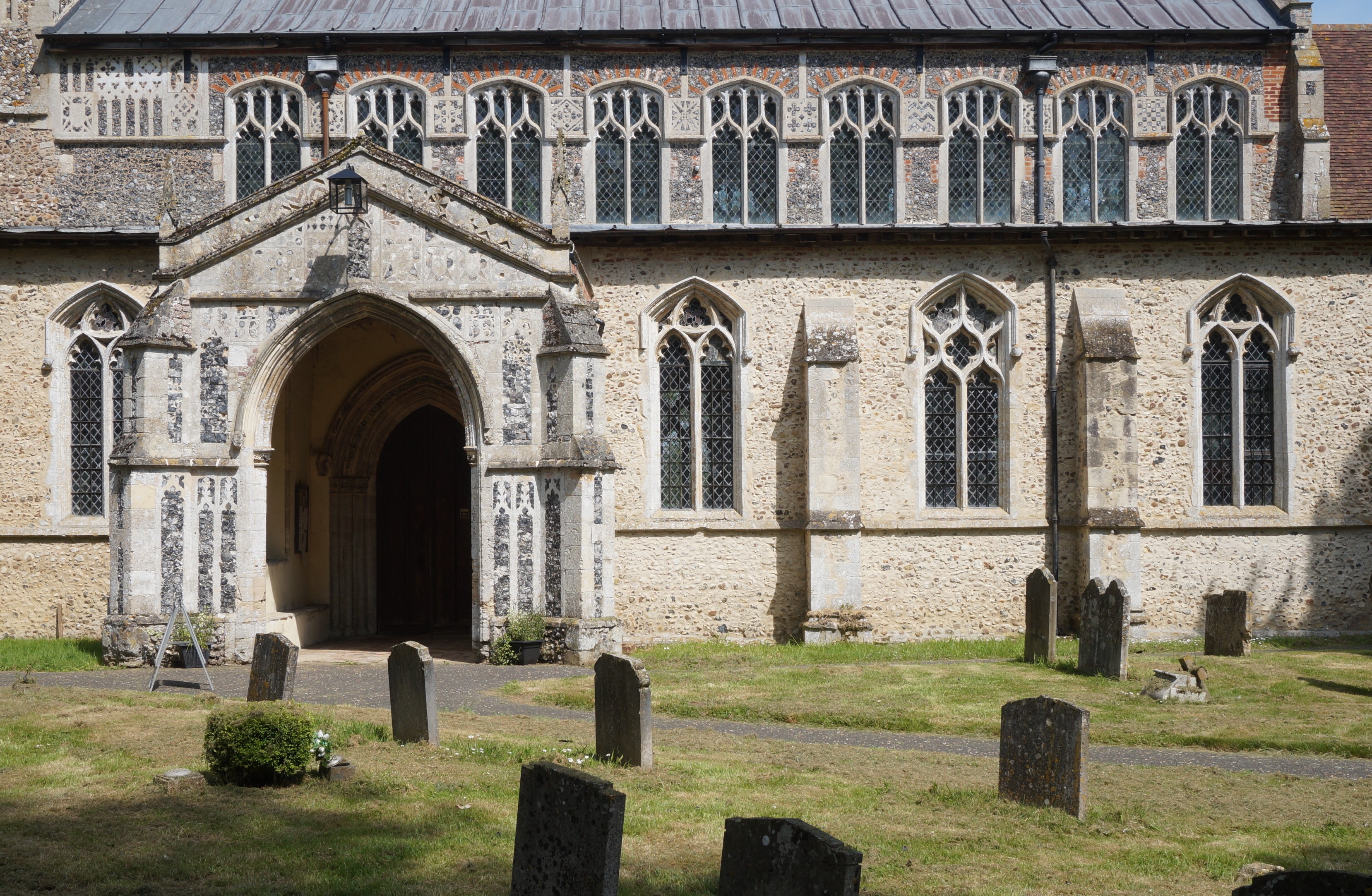
Quinquennial Inspections
Most church buildings in the Diocese are subject to the Inspection of Churches Measure. This stipulates that a PCC should appoint an architect to look after its church building, who carries out a condition survey every five years. This is called a Quinquennial Inspection. If you don’t know who your inspecting architect is or don’t have the latest QIR, please contact the DAC Secretary.
It is the PCC’s responsibility to instruct the architect to carry out an inspection. You don’t have to be present throughout, but you do need to ensure that the architect has access to every part of the building that they need to see. The inspection and report are paid for by the Diocesan Board of Finance on production of the report and an invoice from the architect. As of 1st January 2024, fees for new inspections are paid on the basis of the following sliding scale, pegged to the size of the building:
- Small church: £450 plus VAT = £540
- Medium church: £550 plus VAT = £660
- Large church: £600 plus VAT = £720
- Extra-large church: £900 plus VAT = £1,080.
The sizes are defined as follows:
- Small church: nave, porch and/or vestry, chancel, bellcote/tower
- Medium church: tower, nave, porch, chancel, one aisle/side chapel and/or attached church hall
- Large church: tower, nave, porch, two aisles or transepts, chancel
- Extra-large church: tower, nave, porch, two aisles, chancel, chancel chapels.
If you’re not sure how your church is classified or a classification is in dispute, please contact the DAC Secretary.
The QIR will contain a list of recommendations. These are usually split into fabric repairs and are classed by degree of urgency and regular maintenance.
They can sometimes look daunting, but don’t worry – it’s understood that virtually no parish is able to act on all of them straight away, and some of the recommendations may be a counsel of perfection.
Only then should you approach the DAC Office to find out what kind of formal permission you need to carry out the works. You may sometimes hear that works recommended in a QIR don’t require formal permission, but this is not true.
As a general guide, permission for like-for-like repairs to historic fabric can be given under List B. Fabric repairs only require a full faculty if some kind of permanent change is required, such as inserting stainless steel pins to piece back together crumbling stonework, replacing the roof in a different material or below-ground excavations for matters such as new soakaway drains.
It is vital to ensure that the work will achieve its required aim. Some of the fabric repairs carried out on historic churches in the past, though done with the best of intentions, have caused more problems in the long term.
- For minor repairs, a quote from a builder may be enough to allow work to go ahead.
- For something more substantial, we’ll need a Schedule of Works and Specification from your architect.
Any professional fees incurred from this point are paid by the PCC. Recommendations in a QIR aren’t exhaustive or intended as more than general guidelines. On their own, they can’t be used as the basis for a tender or as an application for List B or faculty consent.
Appointing a new architect
A parish is entitled to dismiss its existing inspecting architect and to appoint a replacement if they deem necessary. If you’re thinking about this but are unsure on what steps to take, contact the DAC Secretary for advice.
The Diocese has a list of approved architects updated from time to time and is available on request from the DAC Secretary. We cannot vouch for the complete accuracy of all the information and are grateful if anything that is now out of date is brought to our attention.
Inclusion on the list does not represent active endorsement by the DAC, nor does appointing a practitioner from it imply that any future applications for formal permission will automatically be granted or that the DAC will be in any way held liable for the quality of the work carried out. There is no obligation to appoint as inspecting architect someone included on this list, but if you approach anyone else, we very strongly advise you to choose someone who is conservation-accredited and has a proven track record of work on listed church buildings.
Before you make a decison, it's worth approaching serveral architects. You should:
- Get a sense of what they do, how well they understand church life and what their workload is.
- Tell candidates a bit about your building (don’t assume prior knowledge on their part), how you use it and what your vision for it is.
- Think about specifics: Are there any major fabric repairs to be addressed? Are you considering any development projects? What’s your vision for the church in the next 5-10 years?
- Consider the long term. Your relationship with your inspecting architect needs to endure, develop and be nurtured
It’s not essential to choose an architect who is based locally, but it can make sense if you think you’ll need to call on his or her services on a regular basis.
When you’ve confirmed your choice, please let the DAC Secretary know so that he can update records. Please inform your previous architect that their services are no longer required and ensure that you clear any outstanding liabilities to them. If the next quinquennial inspection is about to fall due, make sure you arrange it as soon as possible with the new architect.